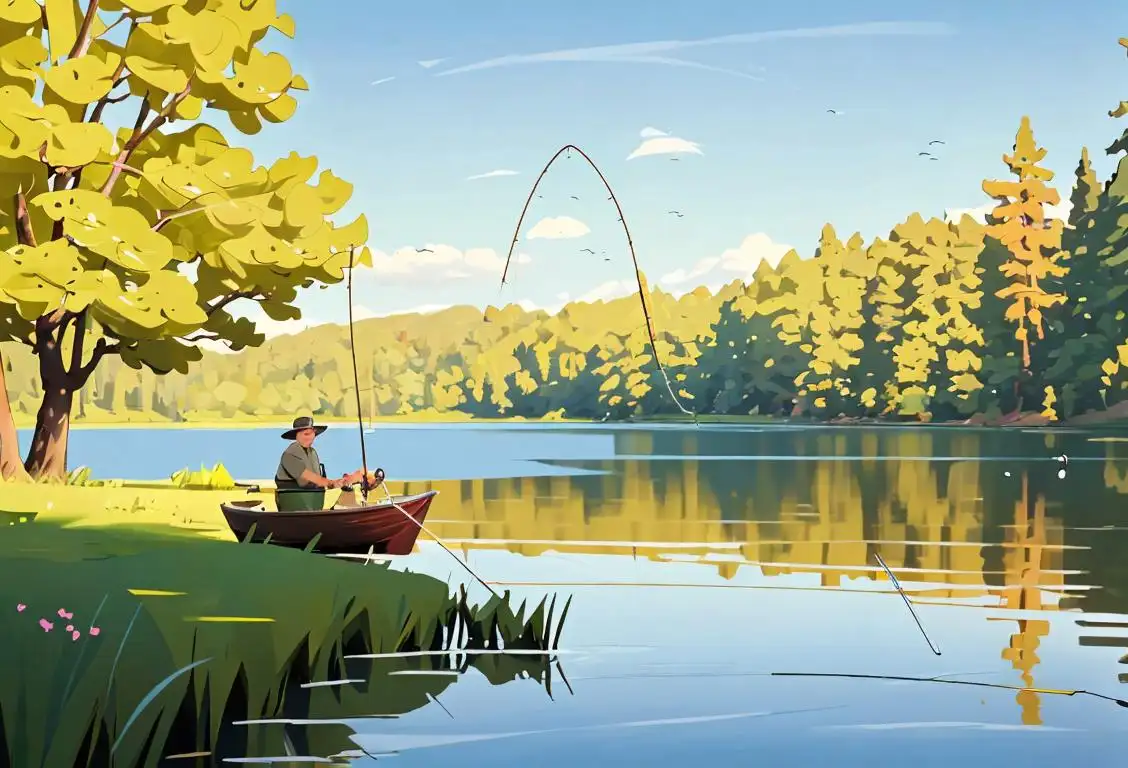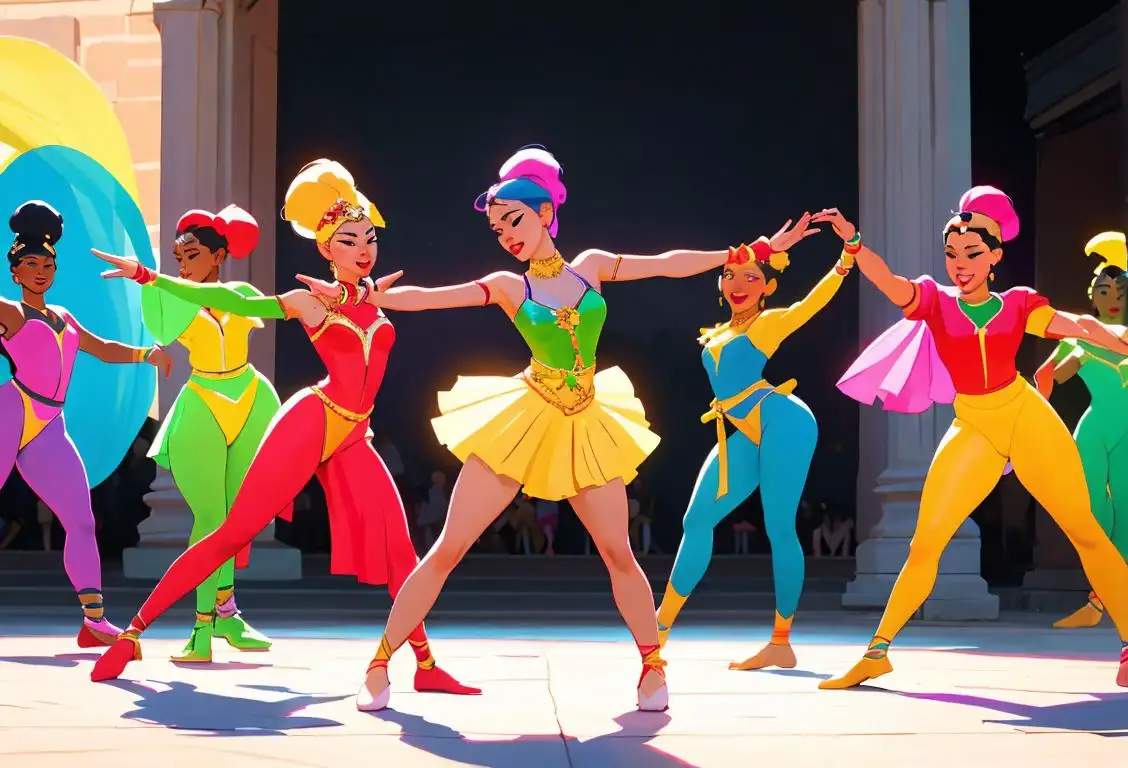National Boomerang Day

Welcome to the wild and wacky world of National Boomerang Day! Brace yourself for an epic journey through the windy history of this fascinating holiday. So, grab your favorite boomerang and get ready to throw yourself into the excitement!
When is Boomerang Day?
It's national boomerang day on the 15th May.
What is National Boomerang Day?
National Boomerang Day is a celebration of the incredibly cool and clever contraption known as the boomerang. It's a day dedicated to appreciating the wonder of this ancient tool that can defy gravity and come soaring back to its thrower. Whether you're a boomerang enthusiast or just curious about this awesome invention, National Boomerang Day is your chance to explore its history and have some boomerang-related fun!
A Throwback to History
Believe it or not, boomerangs have been around for thousands of years. They were first invented by the Aboriginal people in Australia, who used them not only for sport but also for hunting. These skilled craftsmen would carefully craft the boomerangs from wood, giving them just the right shape and balance to have them return to their hands.
But the boomerang isn't just an Aussie thing! Boomerangs have been found in ancient Egypt, Greece, and even in Native American cultures. It seems like people from all corners of the globe were fascinated by the boomerang's unique ability to come back after being thrown.
How to Celebrate National Boomerang Day
To fully embrace the spirit of National Boomerang Day, it's time to dust off your old boomerang or even purchase a brand new one. Head out to a park or an open field, away from fragile objects and innocent bystanders (safety first, folks), and give that boomerang a whirl!
Remember, throwing a boomerang can require a bit of practice, so don't be discouraged if it doesn't return to you right away. Keep experimenting with different angles and techniques until you find the perfect throw.
Did You Know?
Did you know that the longest recorded boomerang flight lasted an impressive 1 minute and 20 seconds? That's longer than some TV commercials! Talk about a boomer(r)ang!
History behind the term 'Boomerang'
8000 BCE
Ancient Origins
The boomerang has a long history that dates back to ancient times. Archaeological evidence suggests that boomerangs were used by the Indigenous Australians for hunting and warfare as far back as 8000 BCE. These early boomerangs were primarily non-returning, meaning they would fly in a straight path without coming back to the thrower.
3000 BCE
Returning Boomerangs
Around 3000 BCE, a significant development took place in the history of boomerangs. The returning boomerang, also known as the throwing stick, emerged, which had the capability to curve back and return to the thrower. This innovation greatly enhanced hunting efficiency and made the boomerang a versatile tool.
1788 CE
European Contact
The arrival of British settlers in Australia in 1788 marked a significant turning point for boomerangs. European explorers and settlers were fascinated by these peculiar curved throwing sticks, and boomerangs gradually gained global recognition. This contact with the Western world contributed to the spread of boomerangs beyond indigenous cultures.
1870 CE
Sporting and Recreational Use
In the late 19th century, boomerangs began to be adopted for sporting and recreational purposes. The invention of returning boomerangs created new opportunities for leisure activities such as boomerang throwing competitions and games. This transition expanded the boomerang's role from a hunting tool to a form of entertainment enjoyed by people worldwide.
1940 CE
World War II
During World War II, boomerangs played an unexpected role. Australian pilots serving in the Royal Australian Air Force utilized specially designed boomerangs as a way to train their reflexes and improve aim. These boomerangs were used for target practice and helped pilots enhance their hand-eye coordination, ultimately contributing to their effectiveness in combat.
Present
Cultural Symbol and Symbolism
Today, the boomerang has become a cultural symbol associated with Australia and its Indigenous peoples. This curved wooden tool represents not only a hunting implement but also the rich traditions and heritage of the Aboriginal people. Moreover, the concept of a 'boomerang effect' has been adopted metaphorically in various contexts, referring to a situation in which an action or event has consequences that return to the original source.
Did you know?
Did you know that the longest recorded boomerang flight lasted an impressive 1 minute and 20 seconds? That's longer than some TV commercials! Talk about a boomer(r)ang!Tagged
fun sportsFirst identified
15th May 2017Most mentioned on
15th May 2017Total mentions
9Other days
Golf Day
Hunting And Fishing Day
Cancer Survivors Day
Fitness Day
Memorial Day
Gymnastics Day
Dance Day
Foundation Day
Jr Smith Day
Left Handers Day









